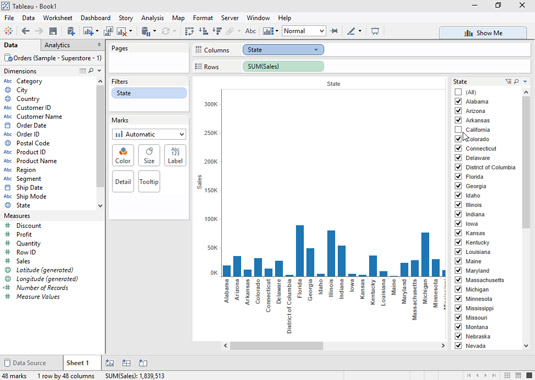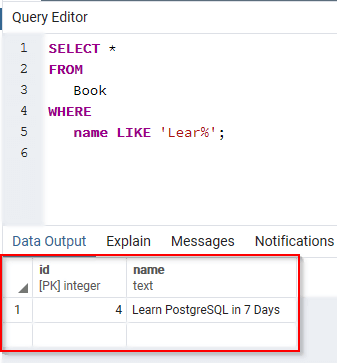

Hence, we need to explicitly cast the integer column to string as in the examples above. No.įinds any values that have 200 in any positionįinds any values that have 00 in the second and third positionsįinds any values that start with 2 and are at least 3 characters in lengthįinds any values that have 2 in the second position and end with a 3įinds any values in a five-digit number that start with 2 and end with 3 Here are number of examples showing WHERE part having different LIKE clause with '%' and '_' operators − S. Here XXXX could be any numeric or string value. You can combine N number of conditions using AND or OR operators. The basic syntax of % and _ is as follows − If either of these two signs is not used in conjunction with the LIKE clause, then the LIKE acts like the equals operator.

Queries that access multiple tables (or multiple instances of the same table) at one time are called join queries. These symbols can be used in combinations. Queries can access multiple tables at once, or access the same table in such a way that multiple rows of the table are being processed at the same time. The underscore represents a single number or character. The percent sign represents zero, one, or multiple numbers or characters. If youd like to get data stored in tables joined by a compound key thats a primary key in one table and a foreign key in another table, simply use a join. There are two wildcards used in conjunction with the LIKE operator − If the search expression can be matched to the pattern expression, the LIKE operator will return true, which is 1. The PostgreSQL LIKE operator is used to match text values against a pattern using wildcards.


 0 kommentar(er)
0 kommentar(er)
